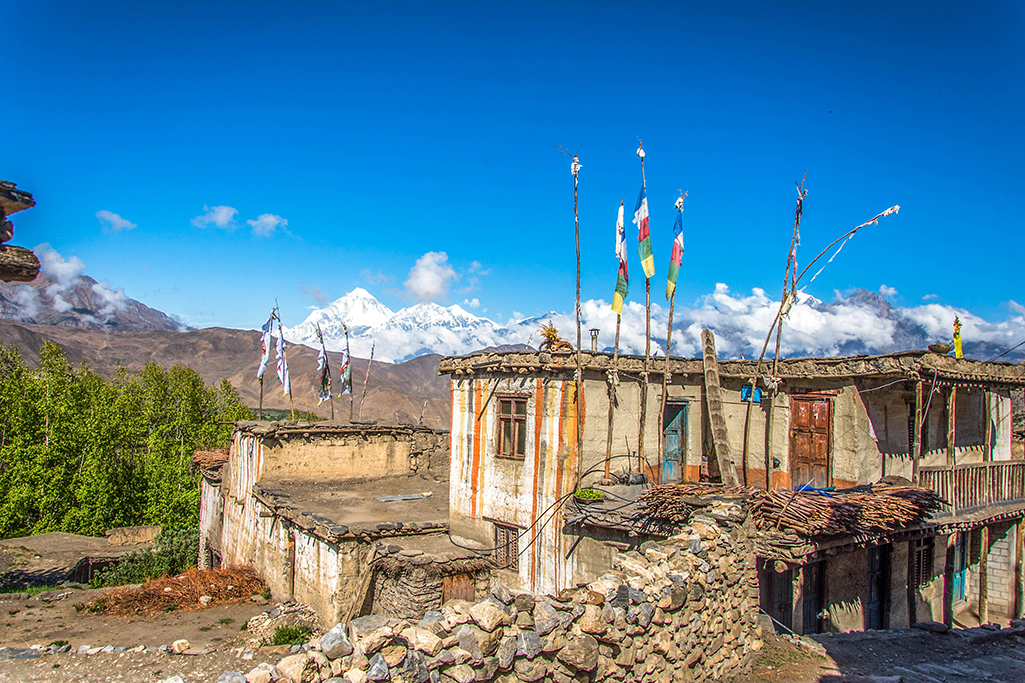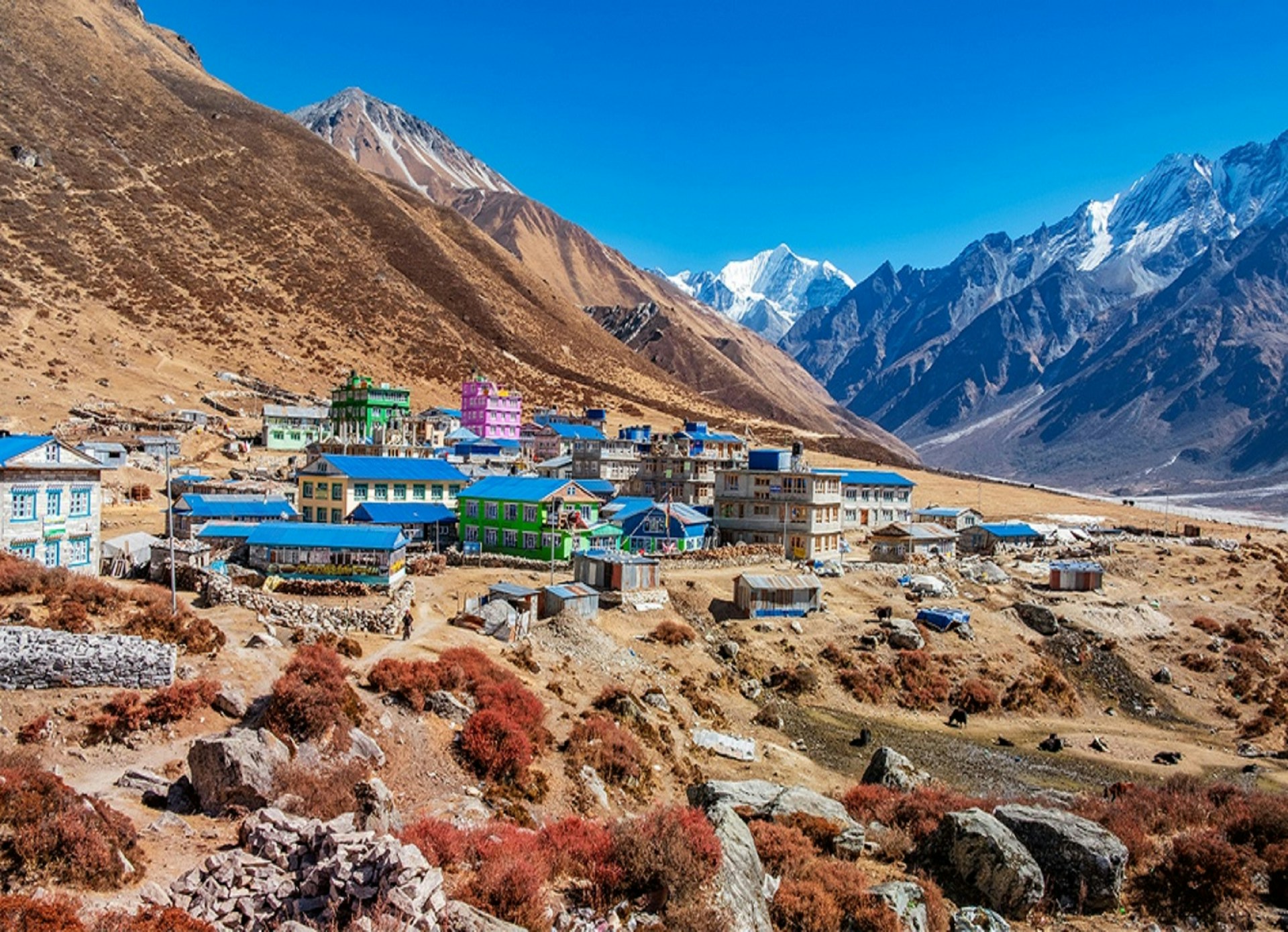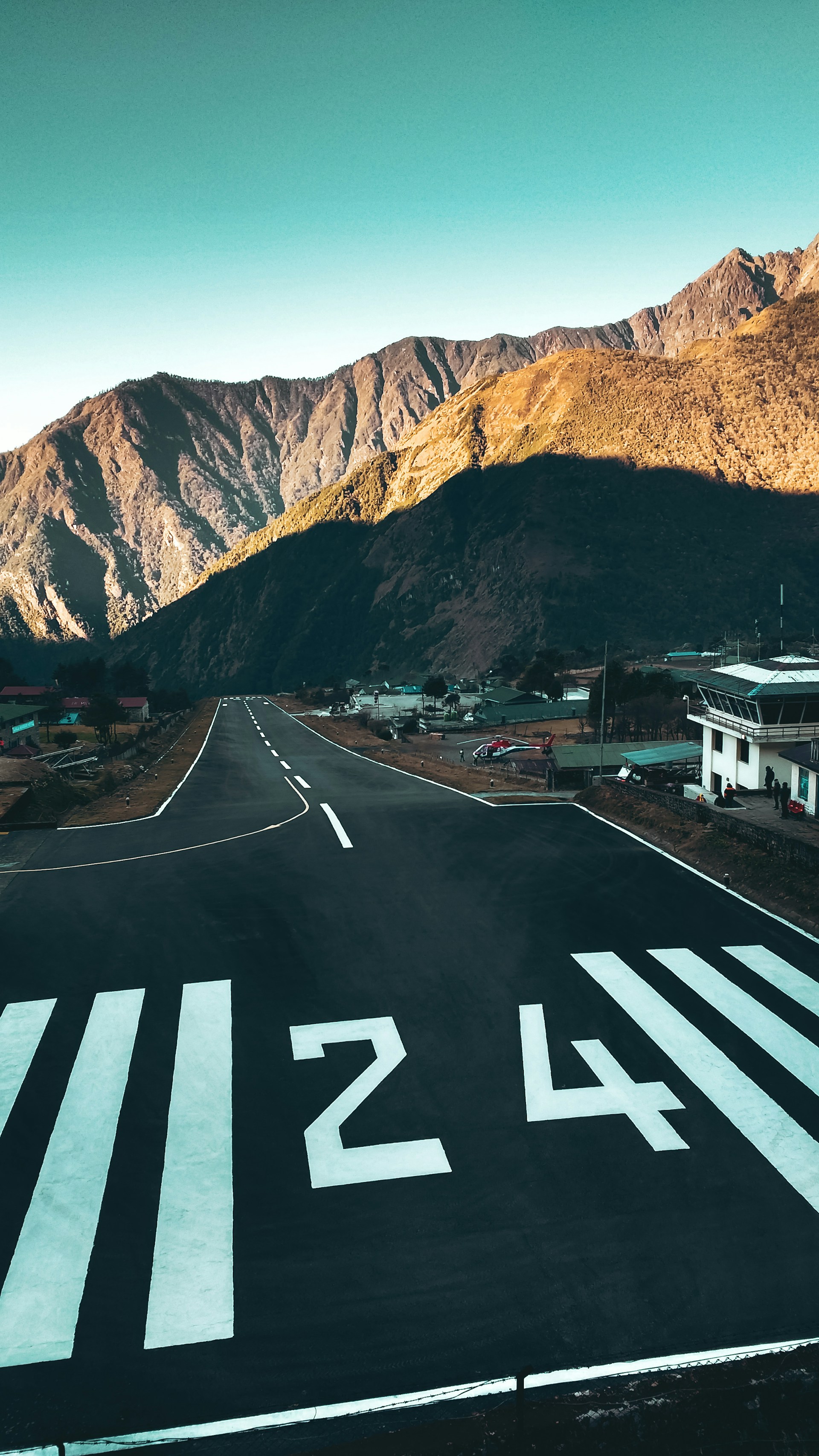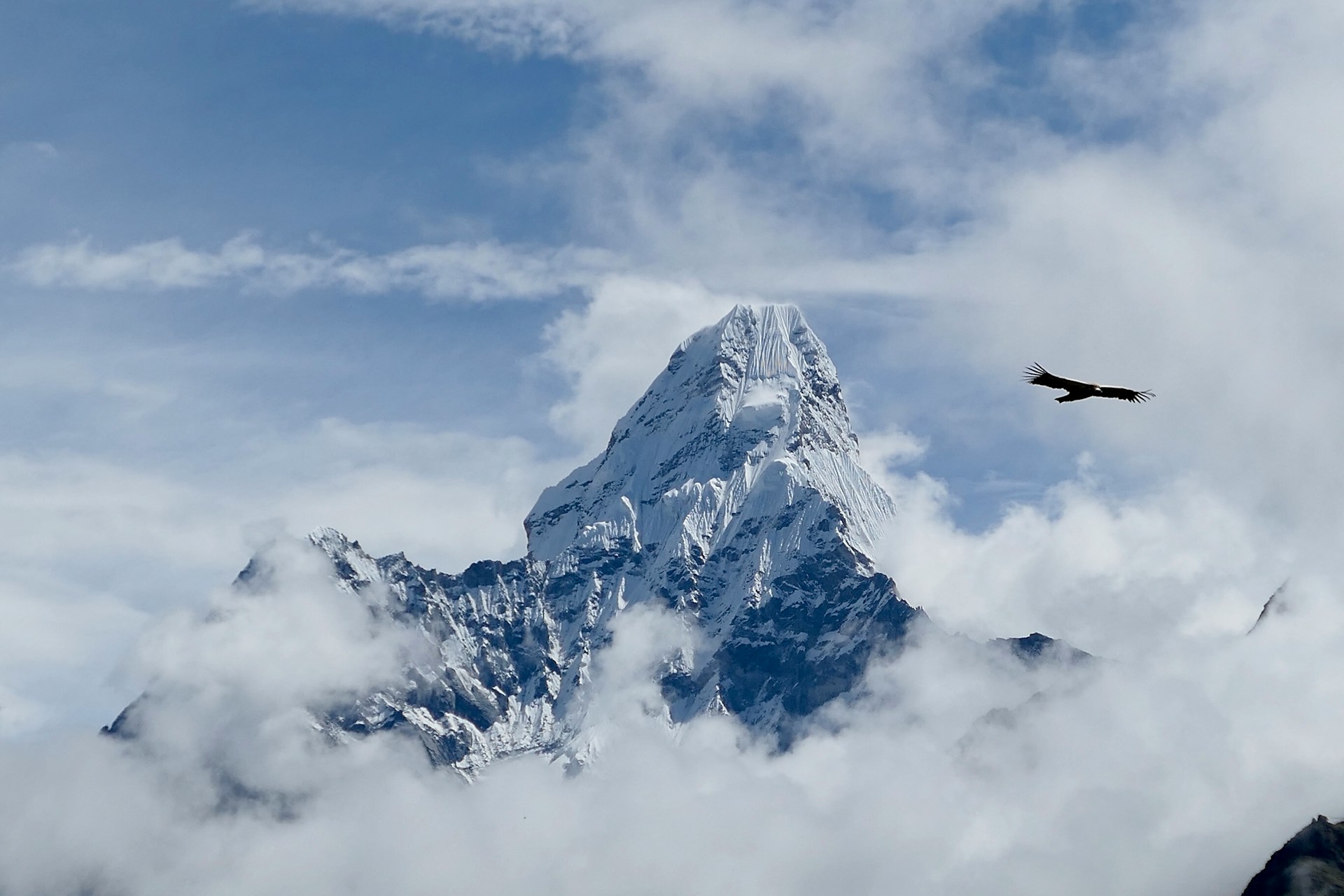History and Celebration of the Tiji Festival
The Tiji Festival in Mustang is a fascinating three-day Buddhist celebration held annually in Lo Manthang, the ancient walled city of Upper Mustang, Nepal. Rooted in Tibetan traditions, this festival dates back to the 17th century, when Mustangi King Samdup Rabten invited Sakya Trizin Ngawang Kunga Sinam to perform the Vajrakila ritual at Chhode Monastery. This sacred practice aimed to dispel negative forces and ensure peace in the kingdom, and over time, it evolved into the Tiji Festival. Today, it remains a symbol of spiritual strength, cultural pride, and historical significance.
The festival is based on the myth of Dorje Jono, a deity who battled against his demon father to save the Mustang kingdom from destruction. Through a series of ritual dances, the monks of Chhode Monastery reenact this tale, symbolizing the victory of good over evil and the restoration of harmony and prosperity. Held in May, according to the Tibetan lunar calendar, Tiji draws visitors from around the world who come to witness this unique blend of spirituality, tradition, and celebration.
The main dancer (Tsowo) has to complete 3 month retreat practice before the main event. Mustang Royal family and all the villagers of seven provinces of Upper mustang (Lo Chhodun) participate in this sacred dance with ritual.
How is the Tiji Festival Celebrated?
There are 3 major topics in this sacred dance namely preliminary, main practice and conclusion. In the perilimianary part of this sacred dance, there are 15 steps. Generation of selestial palace and generation of deities are the two steps in main practice. In conclusion, there are steps to clear away eternal and nihilistic views as well as providing auspiciousness. Different poses and gestures signify different processes of Meditation in symbolic away. These all steps in dance have deeper meaning. All the obstacles in life are cleared by seeing these steps with faith and respect. If anyone is Visiting Mustang or Upper part of Mustang especially, he for sure dares to enjoy this rare festival which reflects the tradition and culture of Tibetan people residing in Mustang.
Tiji is a fascinating annual three-day festival consisting of Tibetan rituals that celebrate the myth of a son who had to save the Mustang kingdom from destruction. The festival is indigenous to Lo-Manthang, “Tiji” the name is an abbreviation of the word “Tempa Chirim” which means “Prayer for World Peace”. This festival commemorates the victory of Lord Buddha’s incarnation Dorjee Sonnu over a demon called Man Tam Ru a vicious creature feeding on human beings and causing storms and droughts.However, the Tiji Festival in Upper Mustang did not start until the 17th century, when the Mustangi King Samdup Rabten invited Sakya Trizin Ngawang Kunga Sinam to come to Lo Manthang. He stayed at Lo Manthang’s Chhode Monastery and performed the special Vajrakila ritual for the wellbeing of all sentient beings, and also to dispel all negative elements in Mustang. Upper Mustang Tiji Festival is celebrated with great fanfare by the Lhobas.
Tiji Festival, a three-day ritual known as “The chasing of the Demons” and it is centered on the Tiji myth. Tiji tells the story of a deity named Dorje Jono who must battle against his demon father to save the Kingdom of Mustang from destruction. The demon father wreaks havoc on Mustang by creating a water shortage which, in this extremely arid land, is the most precious life-sustaining resource. Dorje Jono eventually defeats the demon and banishes him from the land. In other perspective we can say Tiji festival is the Festival of Happiness and Celebrating the pride of the kingdom.
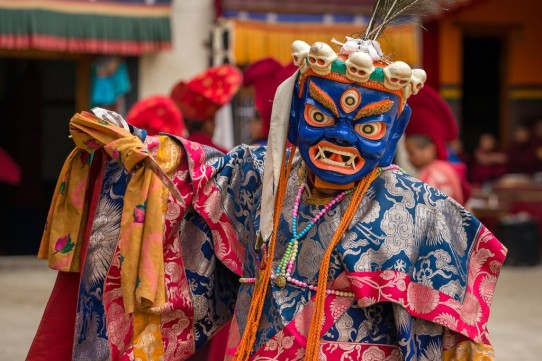
A unique Tibetan Buddhist celebration in Upper Mustang, Nepal, symbolizing peace, prosperity, and the triumph of good over evil.
Recent Blog Posts
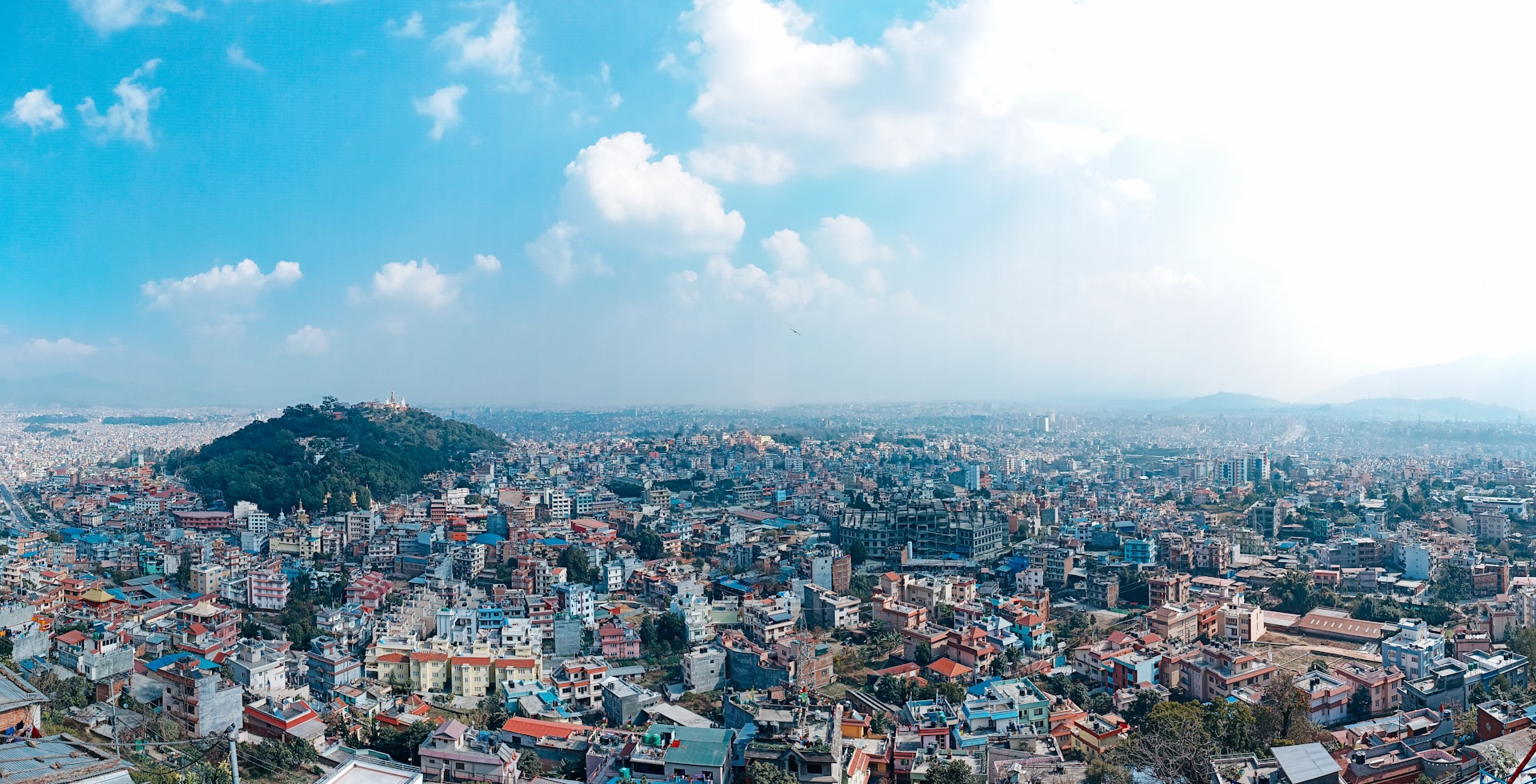
Kathmandu Valley: Exploring the Capital of Nepal
Jun 15, 2025
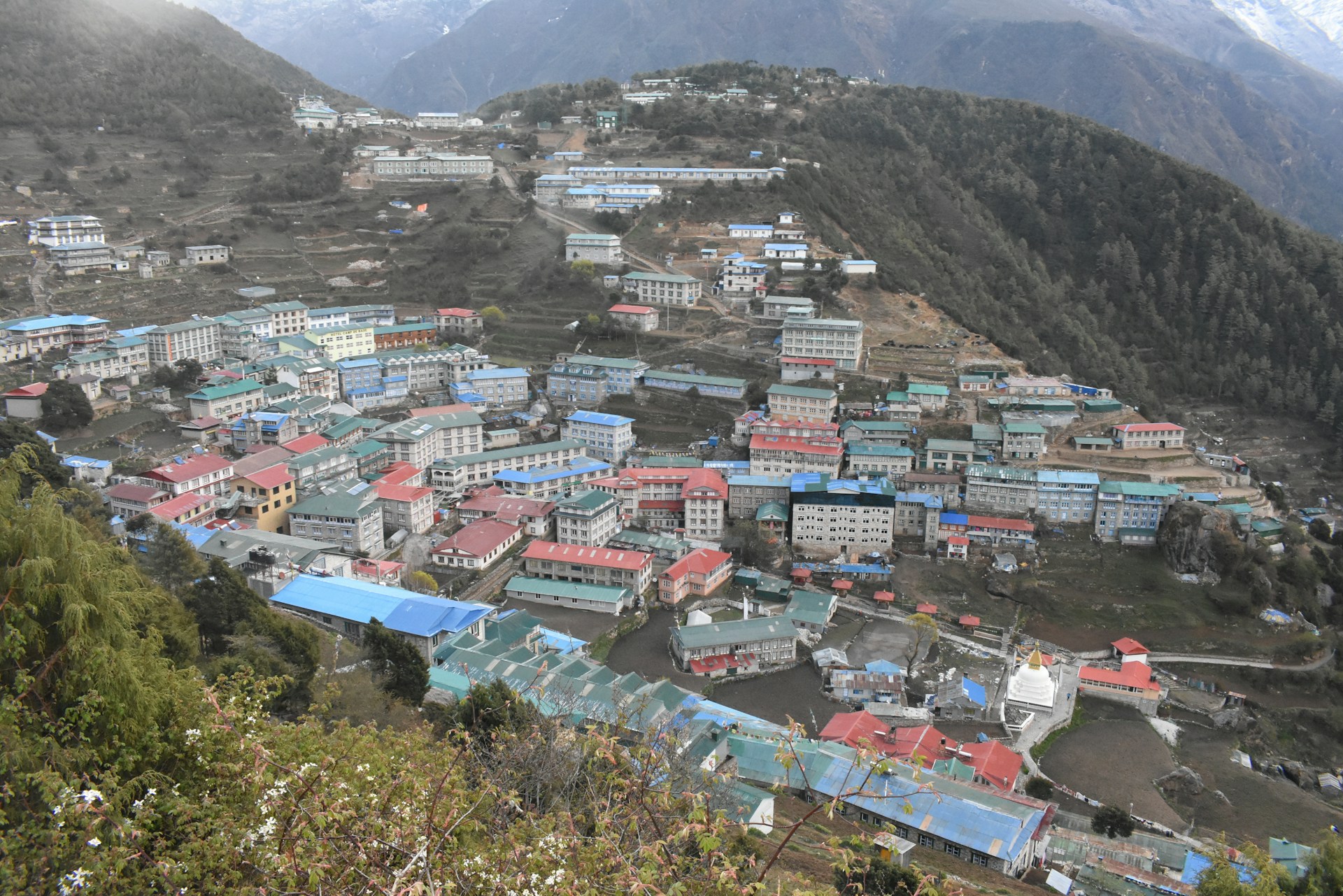
Namche Bazaar: What to Expect in the Sherpa Capital
May 20, 2025
